Burn, Uniswap's Final Ace
Hayden's new proposal may not necessarily save Uniswap.
Waking up this morning to find UNI up nearly 40%, along with the entire DeFi sector experiencing a general uptrend.
The reason for this surge is Uniswap revealing its final card. Uniswap founder Hayden has proposed a new proposal focusing on the long-standing topic of the "fee switch." In fact, this proposal has been put forward 7 times in the past two years, making it old news to the Uniswap community.
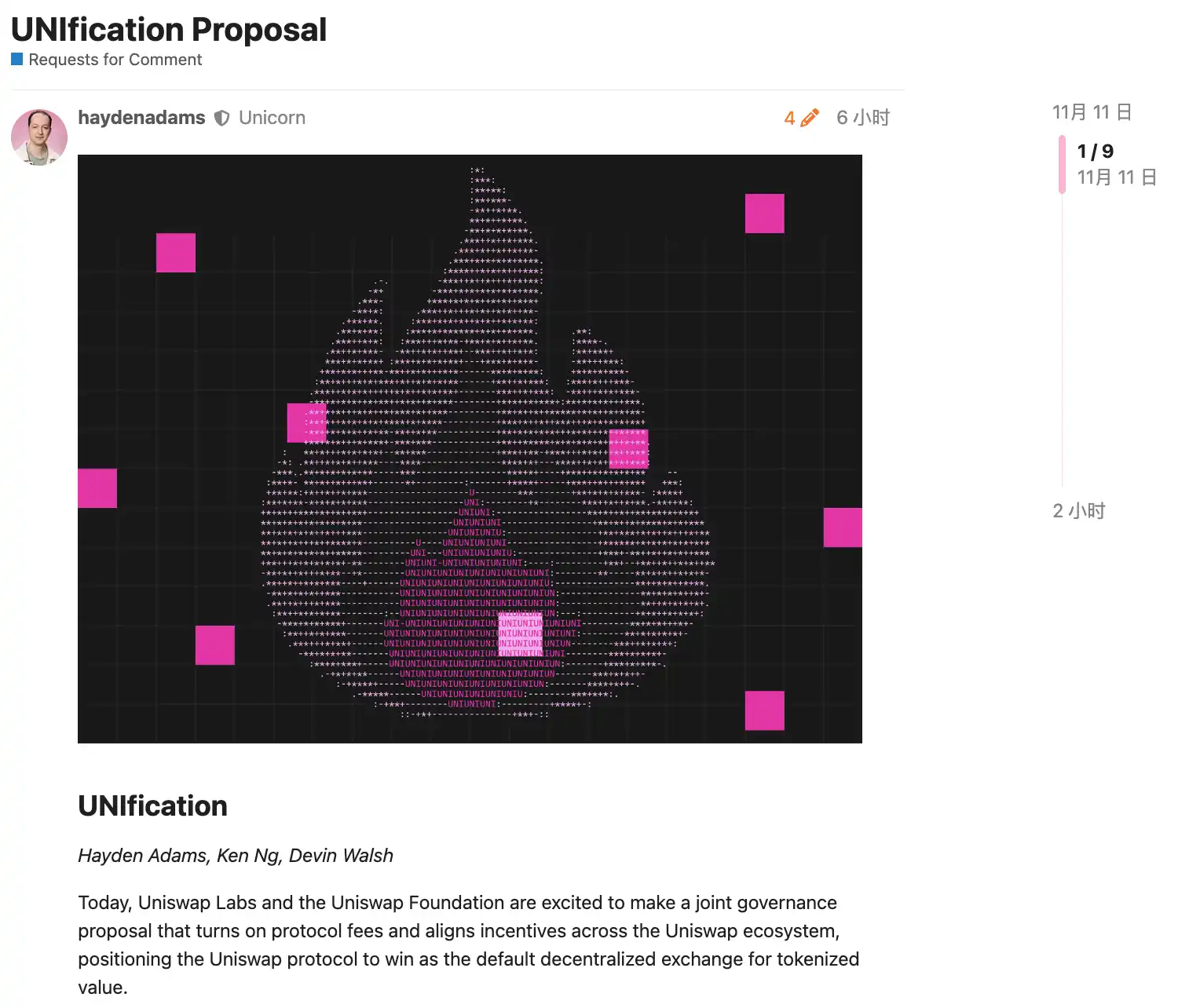
However, this time is different as the proposal is personally initiated by Hayden himself. In addition to the fee switch, it also covers measures such as token burning, Labs and Foundation merger, among others. Some large holders have already expressed their support, and in the prediction market, the probability of the proposal passing is as high as 79%.
7 Failures in 2 Years: The Perseverance of the "Fee Switch"
The fee switch is actually a quite common mechanism in the DeFi space. For example, Aave successfully activated the fee switch in 2025, using a "buyback + distribution" model to use protocol revenue for AAVE token buyback, driving the price from $180 to $231, achieving a 75% annualized increase.
In addition to Aave, protocols such as Ethena, Raydium, Curve, Usual, and others have also achieved significant success with the fee switch, providing a sustainable tokenomics example for the entire DeFi industry.
With so many successful precedents, why has Uniswap been unable to implement it?
a16z Loosens Its Grip, but Uniswap's Troubles Are Just Beginning
Here we have to mention a key player—a16z.
In Uniswap's history, where the number of eligible voters has generally been low, it usually only takes about 40 million UNI to reach the voting threshold. However, this venture capital giant previously controlled about 55 million UNI tokens, having a very direct impact on the voting outcome.
They have always been opponents of relevant proposals.
As early as the two temperature checks in July 2022, they chose to abstain and just expressed some concerns on the forum. However, by the third proposal in December 2022 when pools like ETH-USDT, DAI-ETH were ready to activate a 1/10 fee rate through on-chain voting, a16z cast a clear dissenting vote, wielding 15 million UNI voting power. This vote ultimately ended with a 45% approval rate, although the supporters were the majority, it failed due to insufficient eligible voters. On the forum, a16z clearly stated: "We ultimately cannot support any proposal that does not consider legal and tax implications." This was their first public opposition.
In the subsequent proposals, a16z has consistently maintained this position. In May and June 2023, GFX Labs introduced two consecutive fee-related proposals. Although the June proposal received 54% support, it ultimately failed again due to insufficient mandated participation, influenced by a16z's casting of 15 million opposed votes. In the governance upgrade proposal of March 2024, the same scenario played out once more—roughly 55 million UNI in support, but thwarted by a16z's opposition. The most dramatic turn of events occurred from May to August 2024 when the proposers attempted to establish the Wyoming DUNA entity to circumvent legal risks. The vote, originally scheduled for August 18, was indefinitely postponed due to "new issues from an unnamed vested interest," widely believed to be a16z.
So, what is a16z really concerned about? The core issue lies in legal risk.
They believe that once the fee switch is activated, the UNI token may be classified as a security. According to the well-known Howey test in the United States, if investors have a reasonable expectation of "profits derived from the efforts of others," the asset may be deemed a security. The fee switch precisely creates such an expectation—where the protocol generates revenue and token holders share in the profits, closely resembling the profit-sharing model of traditional securities. a16z partner Miles Jennings was candid in a forum comment: "A DAO without a legal entity faces personal liability exposure."
In addition to securities law risks, tax issues are equally challenging. Once the fees flow into the protocol, the IRS may require the DAO to pay corporate taxes, with an initial estimate of the potential tax liability reaching up to $10 million. The issue is that the DAO itself is a decentralized organization without a traditional legal entity and financial structure. The unanswered questions of how to pay taxes and who will bear this cost remain unresolved dilemmas. Without a clear solution in sight, hastily activating the fee switch may expose all governance token holders to tax risks.
As of now, UNI remains the largest single token holding in a16z's cryptocurrency portfolio, with approximately 64 million UNI, still possessing the ability to significantly influence voting outcomes.
However, as we all know, with the election of President Trump and the changing of the SEC's leadership, the crypto industry has experienced a political spring of stability. The legal risks for Uniswap have decreased, indicating a gradual softening of a16z's stance. Obviously, this is no longer a major concern, and the likelihood of this proposal being approved has greatly increased.
But that doesn't mean there are no other conflicts; Uniswap's fee switch mechanism still has some controversial points.
You Can't Have Your Cake and Eat It Too
To understand these new points of contention, we first need to briefly explain how this fee switch works.
From a technical implementation perspective, this proposal made detailed adjustments to the fee structure. In the V2 protocol, the overall fee remains at 0.3%, but 0.25% is allocated to LPs and 0.05% to the protocol. The V3 protocol is more flexible, setting the protocol fee at one-quarter to one-sixth of the LP fee. For example, in a 0.01% liquidity pool, the protocol fee is 0.0025%, equivalent to a 25% split; in a 0.3% pool, the protocol fee is 0.05%, representing about 17%.
Based on this fee structure, Uniswap is conservatively estimated to generate $10 to $40 million in annualized revenue, and in a bull market scenario, based on historical peak trading volume, this number could reach $50 to $120 million. Meanwhile, the proposal also includes the immediate burning of 100 million UNI tokens, equivalent to 16% of the circulating supply, and the establishment of a continuous burn mechanism.
In other words, through the fee switch, UNI will transition from a "valueless governance token" to a true revenue-generating asset.
Of course, this is a great thing for Uni holders, but the problem lies precisely here. Because the essence of the "fee switch" is the redistribution of income between LPs and the protocol.
The total amount of fees paid by traders will not change; it's just that the income that originally all went to LPs now has to give up a portion to the protocol. There's no such thing as a free lunch. As protocol revenue increases, LP income will inevitably decrease.
You can't have your cake and eat it too. Uniswap has clearly chosen the latter in the "LP or protocol income" question.
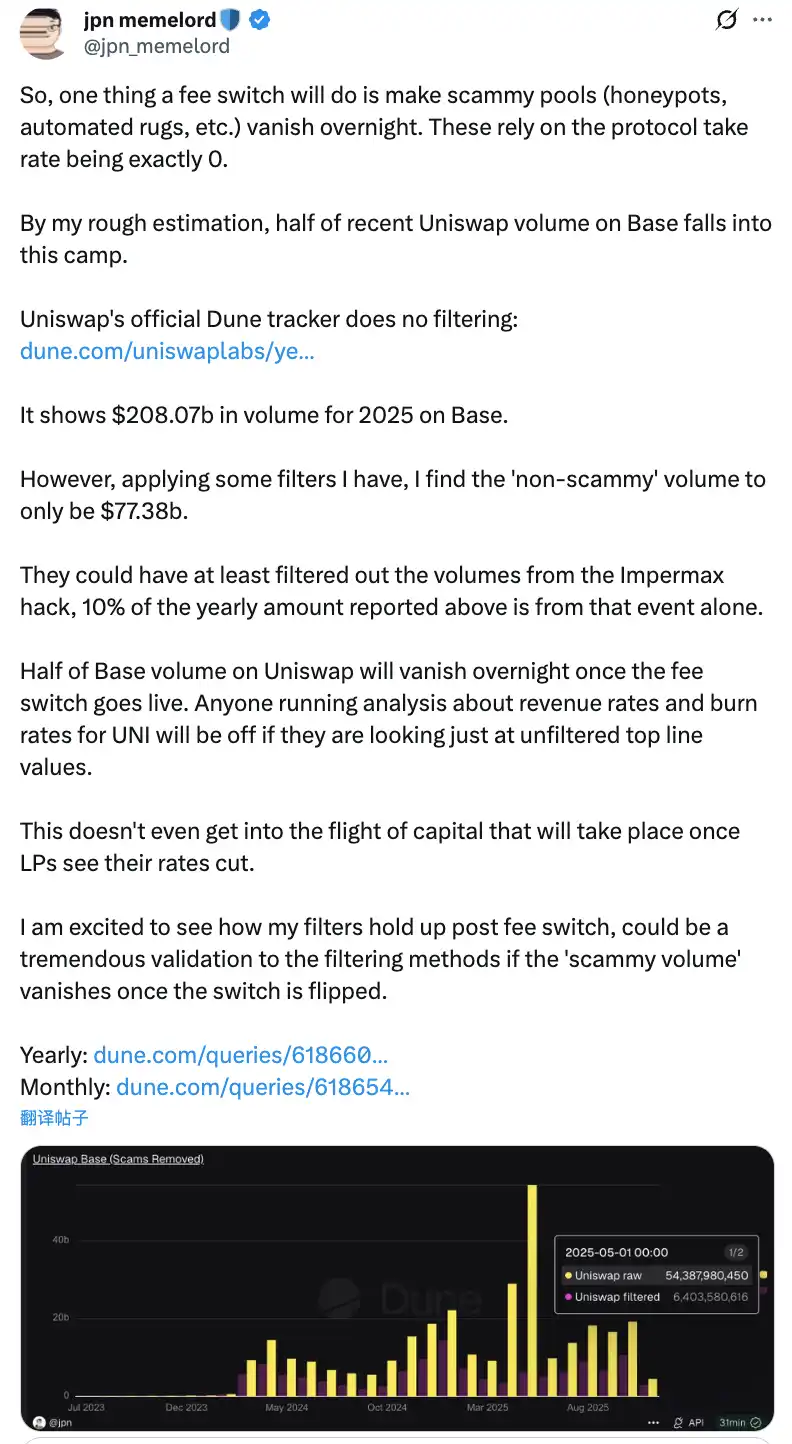
Community discussions once the "fee switch" is activated will result in half of Uniswap's transaction volume on the Base chain disappearing overnight
The potential negative impact of this redistribution should not be underestimated. In the short term, LP earnings will decline by 10% to 25%, depending on the split ratio of the protocol fee. More critically, according to model predictions, there may be a migration of 4% to 15% of liquidity from Uniswap to competing platforms.
In order to mitigate these negative impacts, the proposal also puts forward some innovative compensation measures. For example, internalizing MEV through the PFDA mechanism can provide additional income for LPs, with each $10,000 trade resulting in an additional return of $0.06 to $0.26. The Hooks feature in the V4 version supports dynamic fee adjustments, and aggregator hooks can create new revenue streams. Furthermore, the proposal adopts a phased implementation strategy, starting with a pilot of the core liquidity pool, continuously monitoring the effects in real-time, and making adjustments based on data.
The Dilemma of Fee Switch
Despite these mitigation measures, whether it can truly dispel LP concerns and ultimately land this proposal may still require time for validation. After all, even with Hayden himself stepping in, it may not necessarily be possible to rescue Uniswap from this dilemma.
Because a more direct threat comes from market competition, especially in the head-on clash between Base Chain and Aerodrome.

Following Uniswap's proposal, Alexander, CEO of Dromos Labs, the development team behind Aerodrome, made a sarcastic comment on X: "I never thought that on the eve of Dromos Labs' most important day, our biggest competitor would deliver such a significant mistake."
Aerodrome Dominating Uniswap on Base Chain
Data shows that in the past 30 days, Aerodrome's trading volume was approximately $20.465 billion, holding a 56% market share on the Base Chain, while Uniswap's trading volume on Base was around $12-15 billion, with a market share of only 40-44%. Aerodrome not only leads by 35-40% in trading volume but also surpasses Uniswap by $473 million to $400 million in TVL.
The root of the difference lies in the significant gap in LP yield. Taking the ETH-USDC pool as an example, Uniswap V3's annualized return is about 12-15%, solely from trading fees, while Aerodrome, through AERO token incentives, can offer 50-100% or even higher annualized returns, which is 3-7 times that of Uniswap. In the past 30 days, Aerodrome distributed $12.35 million in AERO incentives, precisely guiding liquidity through the veAERO voting mechanism. In comparison, Uniswap mainly relies on organic fees, occasionally launching some targeted incentive programs, but on a much smaller scale than its competitors.
As someone in the community pointed out, "The reason Aerodrome is able to outperform Uniswap in Base trading volume is because liquidity providers only care about the return on investment for each dollar of liquidity provided. Aerodrome excels in this aspect." This observation hits the nail on the head.
For LPs, they will not stay for Uniswap's brand influence; they only look at the yield. On a nascent L2 like Base, Aerodrome, as a native DEX, has established a strong first-mover advantage with a specially optimized ve(3,3) model and high token incentives.
In this context, if Uniswap activates the fee switch, further reducing LP earnings, it may accelerate liquidity migration to Aerodrome. According to models, the fee switch could result in a 4-15% loss of liquidity, and in a competitive battlefield like Base, this percentage could be even higher. Once liquidity decreases, trade slippage increases, and trading volume subsequently decreases, creating a negative spiral.
Can a New Proposal Save Uniswap?
From a purely numerical perspective, the fee switch can indeed bring significant revenue to Uniswap. Based on detailed calculations by community member Wajahat Mughal, the situation is already quite substantial considering just V2 and V3 versions.
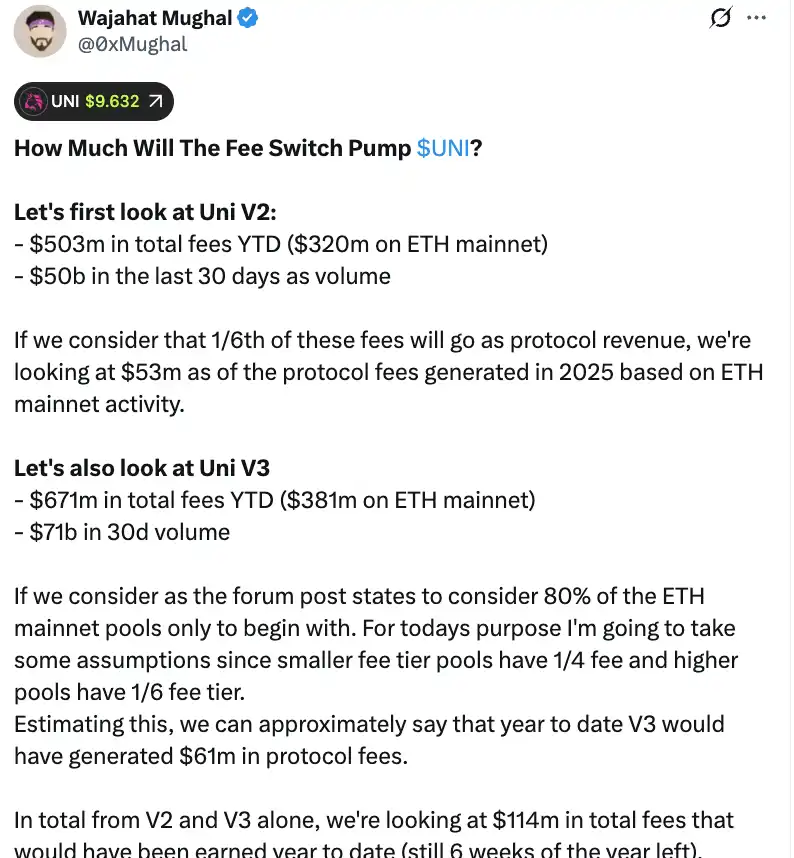
The V2 protocol has generated a total fee income of $503 million from the beginning of 2025, with the Ethereum mainnet contributing $320 million, and the transaction volume in the last 30 days reaching $500 billion. If we calculate based on a 1/6 fee split, considering the Ethereum mainnet activity, the projected protocol fee income for 2025 can reach $53 million. The performance of the V3 protocol is even stronger, with a total fee income of $671 million from the beginning of the year, where the Ethereum mainnet accounts for $381 million, and a 30-day transaction volume as high as $710 billion. Taking into account the fee split ratios for different fee tier pools—low fee tier pools take 1/4 of the protocol fee, high fee tier pools take 1/6—V3 may have already generated $61 million in protocol fees since the beginning of the year.
If we add up V2 and V3, the projected protocol fee income for the year so far has reached $1.14 billion, and this is still with 6 weeks left until the end of the year. More importantly, this number has not yet touched upon Uniswap's full revenue potential. This calculation does not include the remaining 20% of V3 pools, fees from chains outside the Ethereum mainnet (especially the Base chain, which generates fees almost equivalent to the Ethereum mainnet), V4 transaction volume, protocol fee discount auctions, UniswapX, aggregate hooks, and the sequencer revenue of Unichain. If all these are taken into consideration, annualized revenue could easily surpass $1.3 billion.
With the plan to burn 1 billion UNI tokens immediately (worth over $8 billion at the current price), Uniswap's tokenomics will undergo a fundamental change. The post-burn fully diluted valuation will drop to $7.4 billion, with a market cap of around $5.3 billion. Calculated with an annual income of $130 million, Uniswap will be able to buy back and burn approximately 2.5% of the circulating supply each year.
This means that UNI's price-earnings ratio is about 40 times, which may not seem cheap. However, considering that there are still many income-generating mechanisms yet to be fully deployed, there is significant room for this number to decrease. As someone in the community has remarked, "This is the first time UNI token has truly become attractive to hold."
However, behind these impressive numbers, there are also significant concerns. Firstly, the trading volume in 2025 is significantly higher than in the past few years, largely due to the bull market. Once the market enters a bearish cycle, trading volume will plummet, and protocol fee revenue will decrease accordingly. Using income forecasts based on bull market data as the basis for long-term valuation is evidently somewhat misleading.
Secondly, the method of burn and the specific operational details of the potential buyback mechanism are still unknown. Will it use an automated buyback system similar to Hyperliquid, or will it be executed through other means? Details such as the buyback frequency, price sensitivity, and market impact will directly affect the actual effectiveness of the burn mechanism. Improper execution could lead to significant market buybacks causing price fluctuations, putting UNI holders in an awkward position.
While platforms like Aerodrome, Curve, Fluid, and Hyperliquid Spot are all attracting liquidity through high incentives, will Uniswap's reduction in LP rewards accelerate capital outflow? The data looks promising, but if the foundational liquidity is lost, even the rosiest income forecasts will be mere castles in the air.
The fee switch can provide value support for UNI, which is undeniable. However, whether it can truly "save" Uniswap, bringing the former DeFi leader back to its peak, likely requires time and a double test of the market.
Disclaimer: The content of this article solely reflects the author's opinion and does not represent the platform in any capacity. This article is not intended to serve as a reference for making investment decisions.
You may also like
Morning Brief | The US Senate has passed a procedural vote on the "end government shutdown plan"; About 4.64 million bitcoins have been moved out of dormant wallets this year; Monad token public sale will start on November 17
Overview of major market events on November 10.

【Calm Order King】Trader achieves 20 consecutive wins: Who can stay calm after watching this?
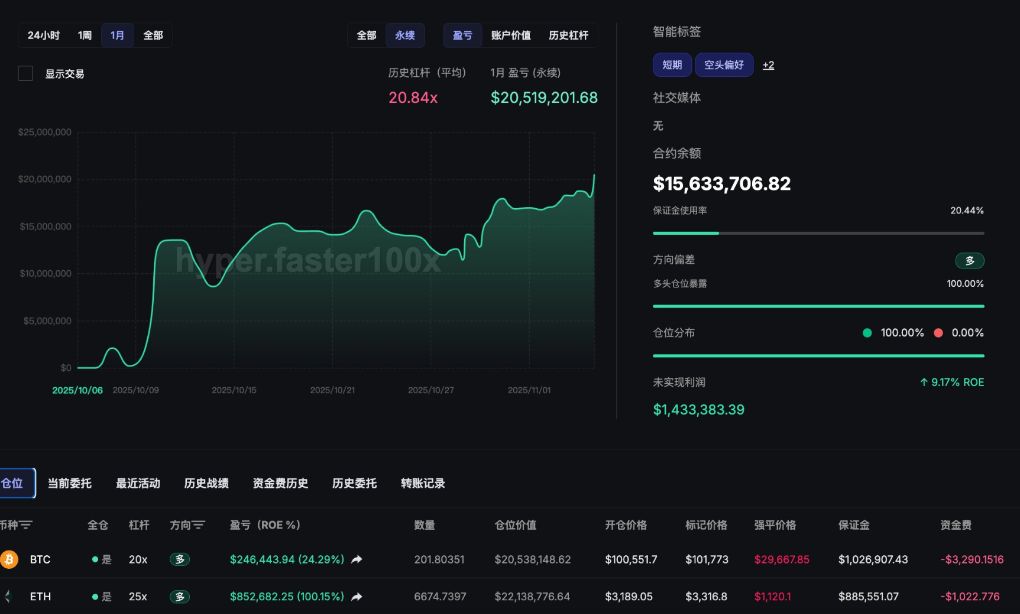
ERC-8021: Ethereum’s ‘copy Hyperliquid’ moment, a new way for developers to make a fortune?
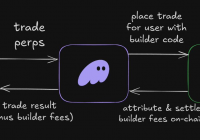
Morgan Stanley: The End of Fed QT ≠ Restart of QE, Treasury's Issuance Strategy Is the Key
Morgan Stanley believes that the end of the Federal Reserve's quantitative tightening does not mean a restart of quantitative easing.
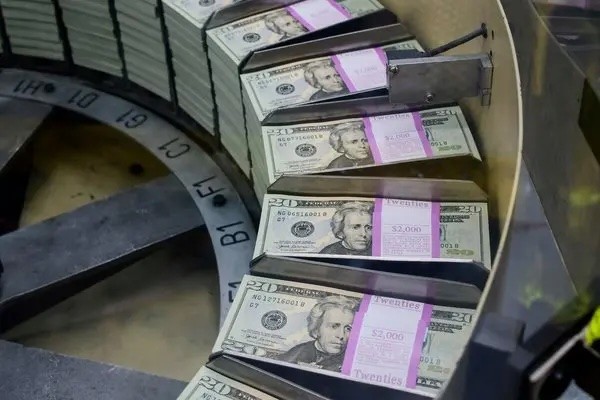
Trending news
MoreMorning Brief | The US Senate has passed a procedural vote on the "end government shutdown plan"; About 4.64 million bitcoins have been moved out of dormant wallets this year; Monad token public sale will start on November 17
【Calm Order King】Trader achieves 20 consecutive wins: Who can stay calm after watching this?
